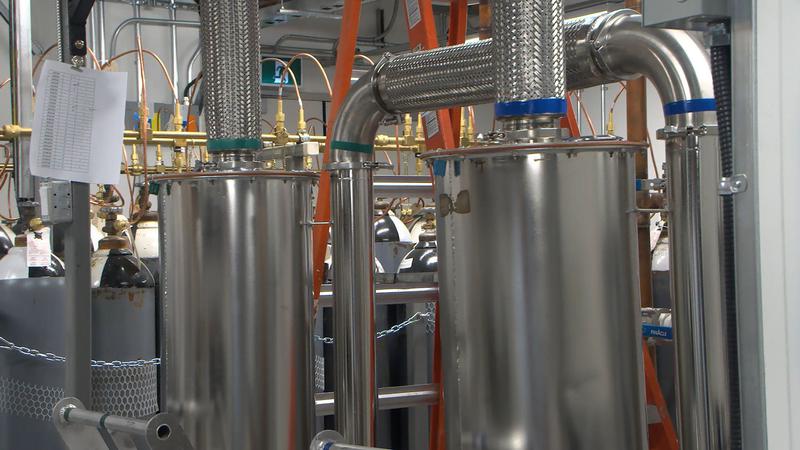
Royal Inland Hospital collecting anesthetic gas to stem emissions
KAMLOOPS – Approximately 9,500 surgical procedures have been performed at Royal Inland Hospital in the last year. Surgeons use anesthetic gas to sedate patients every day. What most people don’t know is that gas, when released, can have a big effect on the ozone layer. Interior Health is changing that for the better of the environment.
“We now collect all of the anesthetic gases that we’re putting out into the environment,” anesthesia assistant John Patton told CFJC Today. “When a patient breathes out the gases, it goes through the machine and goes through a tubing that goes up into the roof. All of the agents get trapped inside canisters. Whether we are in the new building or the old building, we’re capturing all the anesthetic gases that we give to the patients, so they’re not going out into the environment and causing greenhouse gases and warming the planet.”
The project started back in 2020 when the Phil and Jennie Gaglardi Tower was being constructed. Prior to the project, the waste gases were vented outside the hospital, leaving a significant environmental footprint. Today, all 11 of Royal Inland’s operating rooms use anesthetic gas recovery technology.


